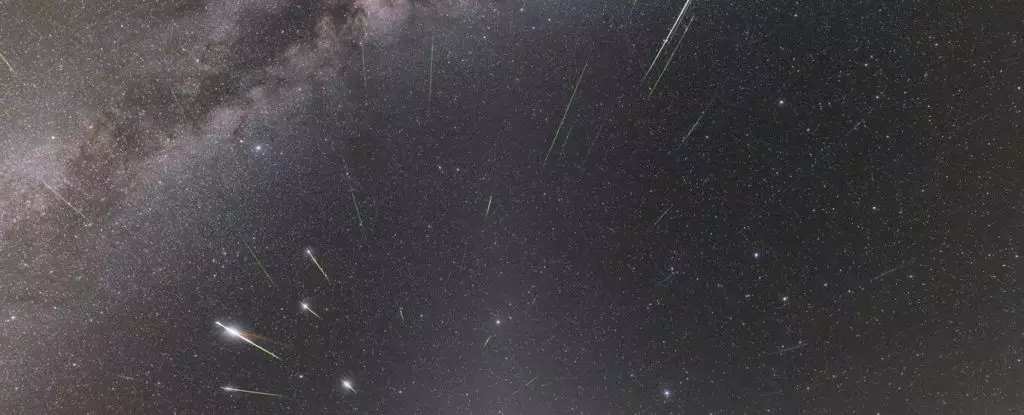As the nights in early May draw near, stargazers worldwide are gearing up for one of nature’s greatest spectacles: the Eta Aquariid meteor shower. Peaking between May 5 and 6, this dazzling event will set the southern sky ablaze with an impressive count of meteors, inviting everyone to step outside and marvel at the wonders of the universe. With just a little preparation and the motivation to rise early, you can witness the mesmerizing trail of cosmic dust that twinkles across the night sky.
Meteor showers are the universe’s fireworks, reminding us of the celestial mechanics that play out above us. They are not just random acts of cosmic beauty, but rather the result of our planet cutting through the debris clouds left by asteroids and comets. Each meteor that streaks across the sky is a sand-sized remnant of that celestial debris burning upon entry into our atmosphere. As these fragments ignite, they blaze a path of light—a stunning reminder of our dynamic place in the cosmos.
The Legacy of Halley’s Comet
The Eta Aquariids owe their origin to one of the most renowned comets in history—Halley’s Comet (1P/Halley). Known for its 76-year orbital period, this historic traveler has left a significant legacy. Every year when Earth passes through the debris trail laid down by Halley, we are graced with a unique opportunity to witness these spectacular meteoric displays. With the radiant point located near the constellation Aquarius, the Eta Aquariids prominently favor stargazers in the southern hemisphere, offering an awe-inspiring projection of up to 60 meteors an hour.
Northern observers, while not entirely left out, will likely see a diminished display, with estimates of around 30 meteors per hour, primarily in the serene hours leading up to dawn. The drape of night sky paired with the dance of falling stars can elevate the simplest moments into profound ones, etching lasting memories against the canvas of the universe.
Optimal Viewing Experience
For those eager to behold the celestial ballet, the experience can be genuinely transformative. All that’s required is a comfy spot, ideally far away from light pollution, and an open vista of the night sky. While the Moon will be about 64 percent illuminated during this peak period, fear not—it will set before significant meteor activity begins. This leaves ample time to enjoy the full visual thrill as the radiant rises and the meteors begin their fiery descent.
Timing matters significantly when it comes to the best viewing. The phenomena unfold at different times worldwide, incentivizing enthusiasts to check local conditions beforehand. Resources like Time and Date provide detailed guides tailored to locations across the globe, enhancing the chances of a memorable meteor-watching experience. Even if you miss the peak, don’t fret—the Eta Aquariids can be enjoyed throughout the second half of May, albeit in more subdued numbers.
The Passion for Skywatching
This meteor shower is not just an event to observe but an invitation to connect with the marvels that surround our world. As we find ourselves increasingly engrossed in the hustle and bustle of modern life, taking a moment to look up can be an essential reminder of our small yet significant place in this vast universe. It allows us to break from our screens and reconnect with the natural world, instilling a sense of wonder and curiosity.
For seasoned stargazers and novices alike, joining friends or family for a night of meteor watching can deepen our appreciation for cosmic events. Engage in conversations about astronomy myths or explore what lies beyond our planet’s borders—all while sharing the exhilarating experience of watching meteors streak across the sky.
As we gear up for this celestial extravaganza, prepare yourself to embrace the enchantment of the night sky. Your adventure as a cosmic witness is just around the corner. Happy watching!

